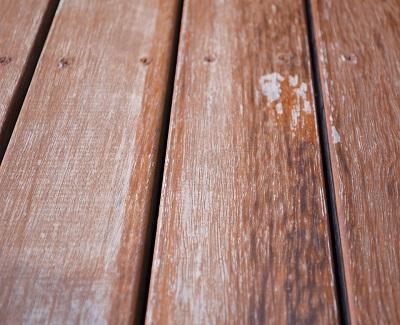Timber flooring is appealing because of its aesthetic appeal, durability and warmth. The best way to install this kind of flooring is to use the floating installation method. This installation method does not involve the use of nails. The planks of a floating timber floor are glued or snapped together and the flooring is not attached to the substrate. The flooring boards may be installed quickly over materials like concrete, plywood, ceramic tile and sheet vinyl.
How the floors stay in place
Just like a puzzle, a floating timber floor stays in place due to four factors. One of them is joinery. The engineered boards glue or snap together. The other factor is friction. There is an underlayment under the flooring. Friction between the underlayment and boards control side movements. The sheer weight of the floorboards also keeps them in place. Although one plank is not heavy, they can weigh hundred of kilograms collectively across a room. The other factor that keeps the floors in place is confinement. The flooring is closed on three or four sides by walls.
Advantages of floating timber floors
Ease of installation
A floating timber floor is not really permanent because it floats on floors, which are already in place. It is therefore easy to lay and manage. You do not need to use specialized tools or sticking materials to fix the flooring. Therefore, you can save time and money when you choose to install this flooring because the installation process will be easy and cost effective.
Resistant to moisture
This flooring is ideal for use in areas that could be exposed to humidity because it can contract and expand accordingly. An example of such an area is the basement. These wood floors can last a lifetime.
Variety
This flooring material comes in a wide range of patterns, colors and designs. It also comes in many different shades. Therefore, you can easily find a suitable color for your flooring.
Disadvantages of a floating timber floor
Thin tops
Most of these floors have thin veneer tops that ca be sanded only once or twice. This is different from solid wood flooring, which is fixed permanently. It can be sanded many times because its top surface is thicker. The frequency of sanding depends on the amount of wood that needs to be removed from the surface.

May move
Since this kind of flooring is not fixed to the subfloor, any undulations in the subfloor can cause movement when a person walks on the floor. You may see furniture move as a person walks past it. This phenomenon may also occur due to the compression properties of an underlay. At times, these floors, especially those made from engineered wood can be creaky due to an uneven subfloor.
Appears cheaper than solid wood flooring
These floors can appear cheap and therefore command a lower resale value than conventional nailed down flooring. In order to get the finish you want, you should shop around to find the best quality of wood. It is advisable to choose a floating timber floor that is produced with full grain on the top rather than a block effect within every board. By choosing this flooring wisely, you will enjoy the warmth and beauty of genuine hardwood flooring.
For more infortion on Timber Floors visit: http://www.thefloorboardstore.com.au/collections/largo
